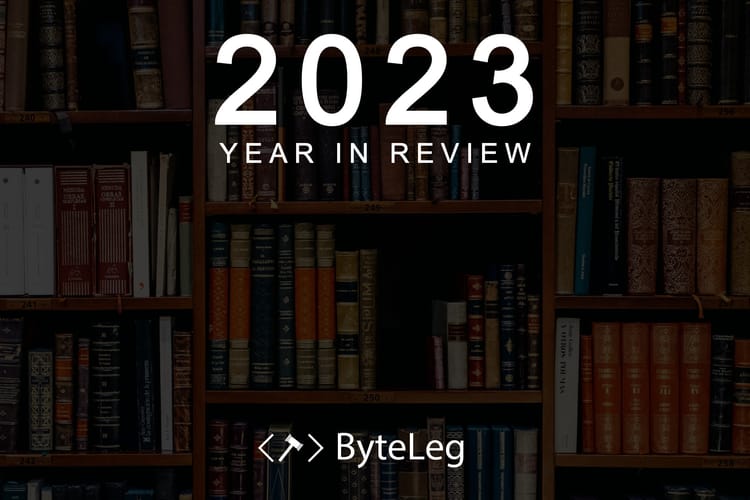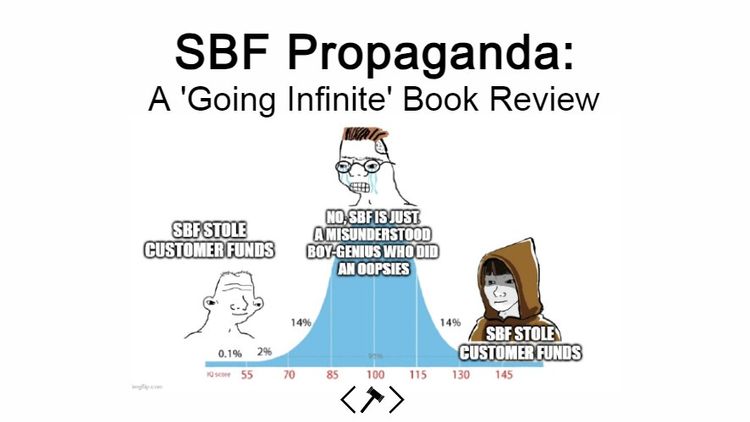On Chain - Why Cryptonations Fail
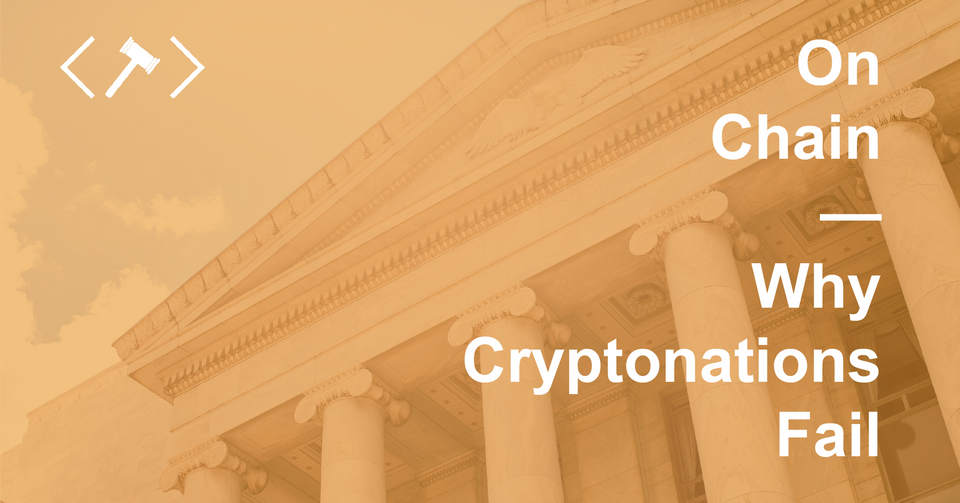
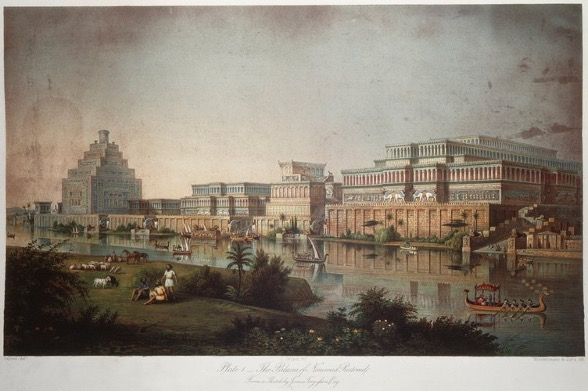
In roughly 400 BC, the Greek general Xenophon lead famous March of the Ten Thousand as he retreated from a campaign against the Persian empire. Several months into the march, Xenophon came across the ruins of a massive city – larger than any in Greece. He says the circumference of the city’s wall is 18 miles long and hundreds of feet high. The wall was more advanced than any in Greece at the time, yet it lay in ruins.
Historians believe the ruins Xenophon discovered were the abandoned ruins of Nineveh. As the capitol of the Assyrian empire, Nineveh was filled with technology unavailable in Greece, including a library with 20,000 clay tablets and a large aqueduct. Incredibly, the collapse of Nineveh was so total that Greek soldiers 200 years later never knew it existed.
I share the story of Xenophon’s discovery of the ruins of Nineveh because it highlights the precariousness of civilization. Since the industrial revolution, technology and standards of living have only gone up. For many of us, we falsely assume this can only continue to be the case. Xenophon - standing in the ruins of an empire with technology more advanced than his own - reminds us that things do not always get better, and that building on false assumptions can lead to rapid collapse. (1)
Today, many web3 and blockchain enthusiasts are arguing in favor of cryptonations. These are digital-first, blockchain-based countries which would slowly accumulate archipelago-like territory around the world and eventually become the dominant way humans organize themselves.
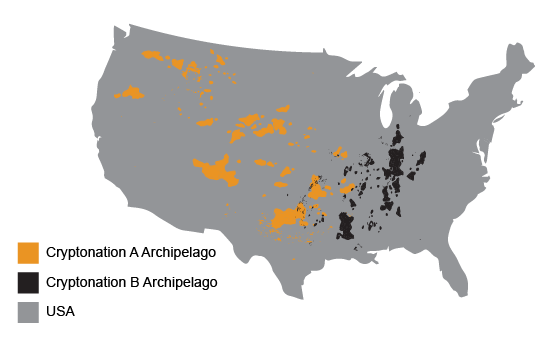
Balaji S. Srinivasan, the former CTO of Coinbase, is one of the main evangelists for this idea. While Balaji is not the only proponent of cryptonations, he is the most prominent, and much of this article will examine his assumptions and vision for a post-nation state world.
While I agree blockchains and web3 are exciting new innovations, I am not convinced cryptonations are likely to replace the nation-state. Instead, I find it more likely that countries like the United States will use their dominance in the physical space move into the digital space. Countries are only as strong as the assumptions which undergird them, and I’m convinced cryptonations are built on shaky assumptions.
Stolen Base
The Internet is Infrastructure

The backbone infrastructure of the modern internet are the hundreds of undersea cables that carry information from one continent to another. These cables are thousands of miles long and are foundational to a majority of the world’s economy.
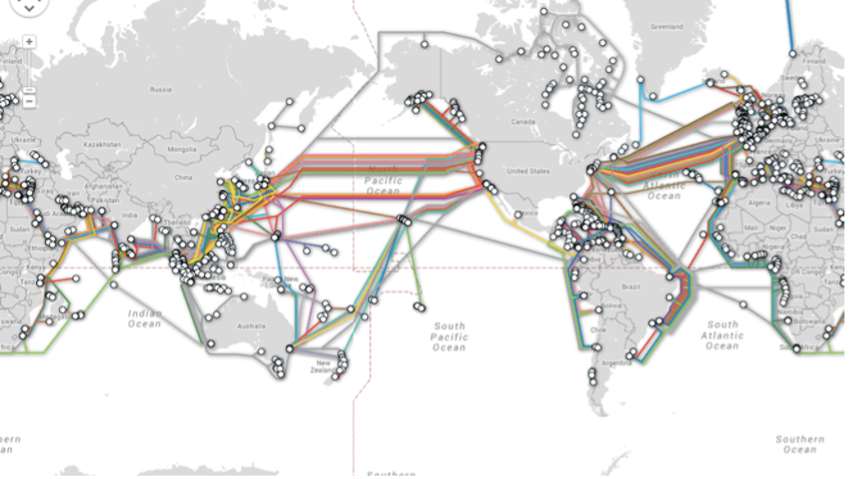
Today, there are more than 380 cables connecting various parts of the world which are collectively more than 750,000 miles long. Despite advances in mobile and wireless technology, the majority of information is quickly passed from place to place via undersea cables.
These physical cables are controlled by physical nations and are subject to physical attacks. For example, the Chinese Communist Party censors information coming through undersea cables with “The Great Firewall.” While censorship in China can occasionally be skirted by using a VPN, the penalties for doing so are steep – VPN providers face seven years in prison while users face fines up to $78,362 per violation. (2) Physical control of undersea cables enables broad control over the information which traverses them.
While physical control enables control of the information which passes through undersea cables, threats of physical violence prevent their destruction. Modern nation-states have the capability, using submarines, to cut or tap undersea cables. (3) In November of 2021, nations like Russia and India have tested anti-satellite missiles, threatening alternatives to undersea cables. (4)
The internet, and the physical infrastructure it’s built on, are foundational to any digital-first, blockchain-based country. Destruction of the physical infrastructure, or blocking the passage of cryptonation-related traffic, would immediately topple any cryptonation.
Interfaces
Digital to Physical
While blockchains are an exciting and innovative way to track digital transactions, they are built for a digital environment, not a physical one. Blockchains are walled gardens, and struggle to interact with the physical world in a way which doesn’t undermine the purpose of the blockchain - decentralized, trustless transactions.
Blockchains, and the applications built on top of them, can only evaluate on-chain information. For example, blockchain applications can mathematically-verify that an on-chain transaction payment has been completed because all the inputs are digital. In contrast, imagine a blockchain insurance company which pays out flood insurance claims. What’s to stop a claimant from lying to the blockchain and getting a payout? Off-chain, physical inputs to the blockchain requires trust that the information is accurate.
Blockchain Oracles attempt to help bridge this gap, providing technical verification of data between blockchains, and the physical world. (5) Unfortunately, oracles only verify that data was provided to the blockchain at a certain date and time, not that the information is accurate.
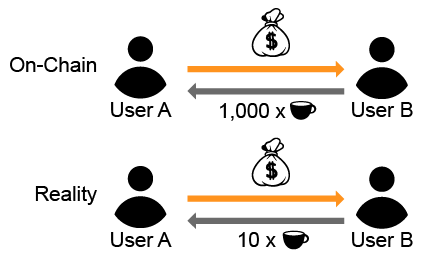
For example, fraud and money laundering would be impossible to prevent using the blockchain. If User A pays User B $10,000 in cryptocurrency for 1,000 coffee mugs, and both agree the coffee mugs were transferred from User A to User B, that transaction will be permanently etched on the blockchain. If User A and B lied, and only transfer 10 coffee mugs for $10,000, all future transactions would be based on false information. User B could sell 990 non-existent coffee mugs to unsuspecting buyers.
While blockchains are incredibly effective in the digital realm, it is incredibly difficult to see how they could govern physical transactions. While it’s possible for an on-chain token to represent food or shelter, you can’t eat an NFT.
Digital structures, no matter how mathematically perfect, cannot be perfectly correlated to the real world. A cryptonation law which bans murder, would have no direct method of enforcing consequences. Any cryptonation law which required physical action by its citizens would have no method of truly verifying compliance. If a cryptonation can’t verify or compel physical action by its citizens, it can’t govern the physical world.
Violence
Community vs. Country
As I discuss above, the cross over from digital to physical remains imperfect at best. Similarly, as I argued in Crypto Pendulum, there’s no reason to assume legacy institutions will simply allow themselves to be disrupted. In fact, this is exactly what we’ve seen, with VISA and other legacy payments systems investing in NFTs and cryptocurrencies.
In his article The Network State, Balaji argues the decentralized nature of a cryptonation would make it impossible to conquer. While this may be true for computer networks, the nodes of a nations are people, each of which is incredibly vulnerable to violence. Conquering a concentrated army of 10 million people is much more difficult than conquering one individual and the apartment they claim is part of a cryptonation.
One person is no match for a tank, and life is prison is a high cost most isolated citizens will be unwilling to pay. Online communities follow a distribution known as a Zipf Curve. In this distribution, 90 percent of users are observers, 9 percent participate occasionally, and 1 percent are highly active. Conversely, 90 percent of posts in a community come from 1 percent of the users.
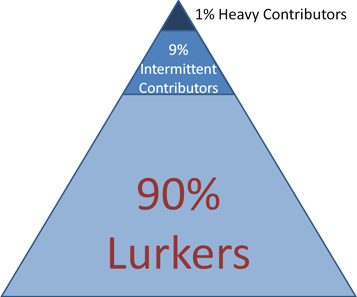
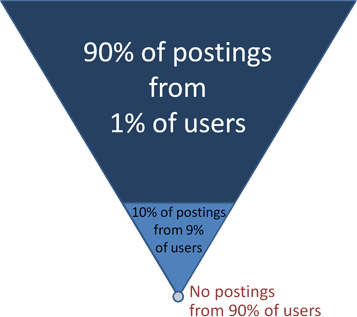
While online communities are growing as institutions, it is very difficult to imagine an online community which I would give my life for. Similarly, if a cryptonation has 5 million citizens, how many would be willing to go to war to defend a fellow citizen who they don’t know? 1% of 1%? 5,000 people, optimistically?
If a cryptonation can’t control physical space, can it really be called a country? I think it would be more appropriate to call it a community. Today, groups like Evangelical Christians and educated liberals are highly effective in the American political arena. Importantly, they wield influence, not violence, exactly what it seems Balaji would envision. Fundamentally, nation-states have a monopoly on the legitimate use of violence. (6)
In an article in Foreign Policy Magazine, Balaji cites in interview with Julian Assange that states “…no amount of violence will ever solve a math problem.” This quote, while intending to show how decentralization has moved us beyond violence, instead demonstrates naivety. Violence can’t solve math problems, but enough violence can make math problems not matter anymore.
Going On-Chain
Physical to Digital, Not the Reverse
Instead of nations forming on-chain and moving into the physical world, it is more likely that physical nations move on-chain.
While some may think that’s a distinction without a differences, I disagree. If software is eating the world, and blockchains are eating software, nation-states will eventually find that large portions of their fiefdom are on-chain through no action of their own. (7) (8) (9) In this world, where large parts of the US government and economy are on-chain, protecting and securing blockchains will become a national security priority.
Today, the U.S. code is printed in immense volumes that fill whole walls at law firms. The reason for this is that the network effects of printed law have yet to be translated into machine-legible code. In a code-centered future, the U.S. Government will be fighting to protect its codebase, not hundreds of dusty books. Lawsuits will wage over whether a “1” or a “0” should be entered on-chain. Instead of being cryptonations, nations will add blockchains to their existing responsibilities.
This new world would have spheres of influence, where users could have their experience online change to match their country of residence. Many cloud service providers, like Cloudflare, are already moving in this direction. (10)
While digital communities could grow to rival the populations of some countries, the flow of people is unidirectional. No nation will cede its territorial supremacy to a non-physical threat. Instead, it is likely to be the opposite, where physical nations invade portions of the internet.
Conclusion
Cryptonations? I doubt it
While Balaji are others are advocating for exciting new ways of organizing people, the further out the argument goes, the weaker the assumptions become. A blockchain-based, digital-first nation can’t truly be digital first because it relies on physical infrastructure and the threat of physical violence which protects it. Similarly, a cryptonation while mathematically perfect, struggle to control the physical world it relies on. Finally, physical nations will not give up their monopoly on violence lightly, likely doing everything in their power to prevent cryptonations from sliding into the physical world. Instead, physical nations are likely move into the digital space as if it were physical. Decentralized, digital-first cryptonations still fundamentally rely on physical infrastructure and the underlying threat of violence which protects it. In my analysis, a cryptonation would be unable to overcome these challenges and rapidly collapse if seriously challenged.
Further Reading







-Michael







